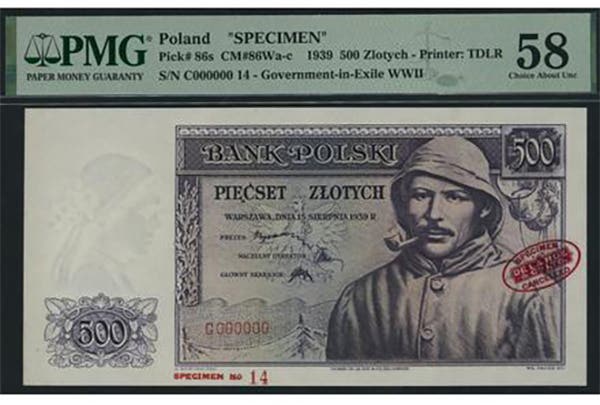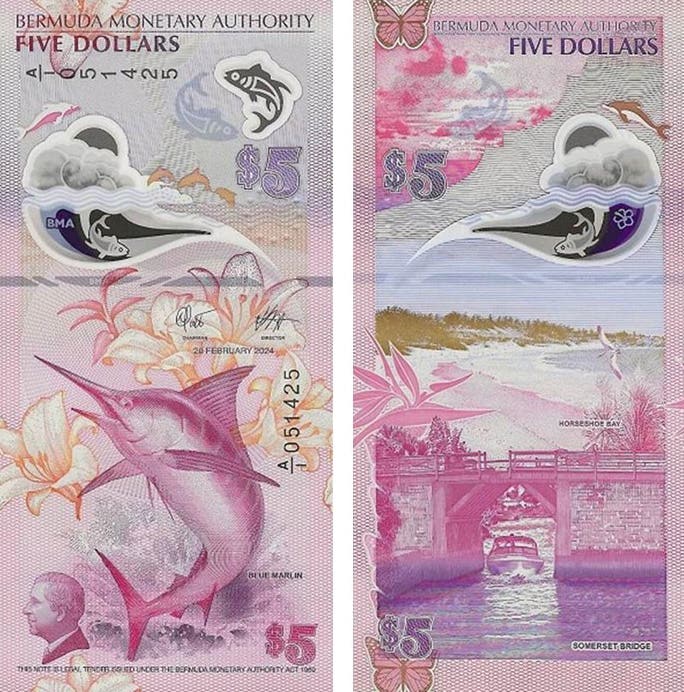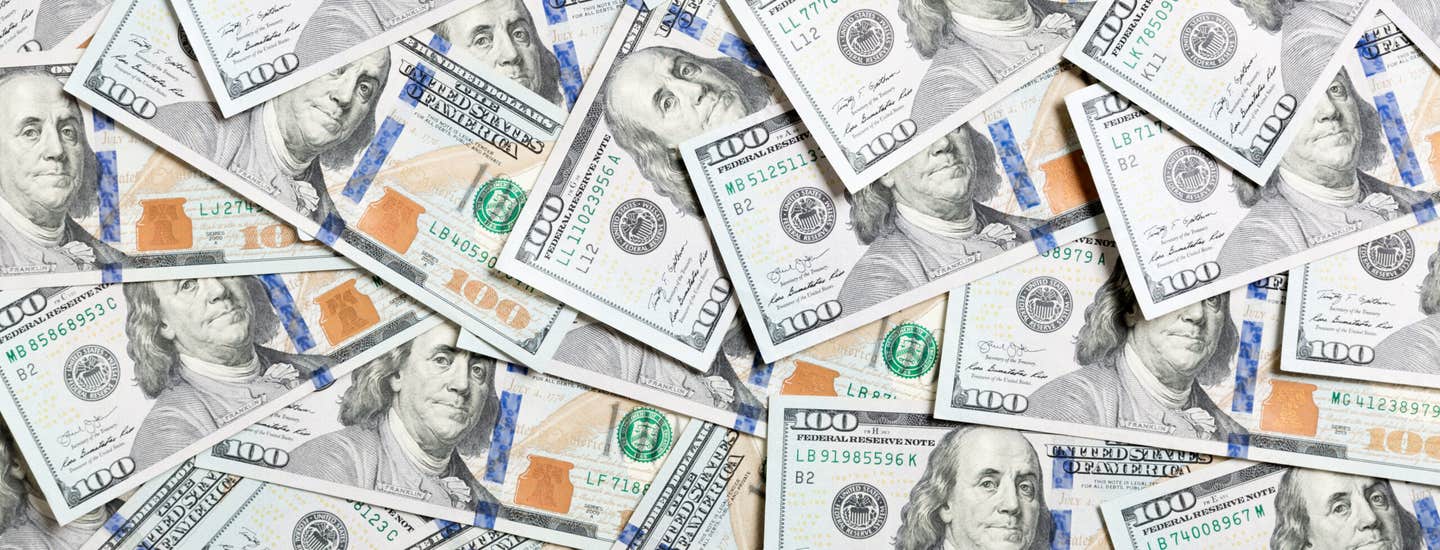Zimbabwe Currency Zigs, Then Zags
Zimbabwe’s currency has been through a lot. In 1980 the Zimbabwe dollar replaced the Rhodesian dollar on par. Beginning in August 1991 the value of this Zimbabwe dollar began to…
Zimbabwe’s currency has been through a lot. In 1980 the Zimbabwe dollar replaced the Rhodesian dollar on par. Beginning in August 1991 the value of this Zimbabwe dollar began to erode dramatically.
In August 2006 the dollar was redenominated at an exchange rate of 1,000 to one in what the Reserve Bank of Zimbabwe called Operation Sunrise. In July 2008 the dollar was once again redenominated, this time at a rate of 10 billion ZWN dollars to one new dollar. At this time a severe cash shortage coupled with the quickly diminishing value of the domestic currency brought about foreign currency being legalized as de facto currency.
Zimbabwe’s government stopped publishing inflation figures in 2007. It has been estimated inflation was greater than 100,000 percent in January 2008, increasing to 250 million percent in July.
During early 2009 the beleaguered ZWN dollar was once again revalued, this time at an exchange rate involving lobbing 12 zeroes off the value of existing bank notes. Foreign currencies became officially legal tender early that year. A U.S. dollar could be exchanged for 35 quadrillion Zimbabwe dollars in 2015.
Bond bank notes introduced in 2016 were theoretically backed by U.S. dollars. John Mangudya, central bank governor at the time, tried to make the ZWN dollar hold on par with its U.S. equivalent, but due to excessive printing, the value of the Zimbabwe dollar once more crashed.
The latest attempt to pull Zimbabwe’s domestic economy away from foreign cash is by literally zigzagging. Zimbabwe recently announced it’s converting its domestic dollar balances into Zimbabwe Gold or ZiG balances.
According to Zimbabwe Central Bank Governor John Mushayavanhu, the bank is “recalibrating” its main interest rate at 20 percent, this being down from the previous rate of 130 percent.
Mushayavanhu recently accompanied Zimbabwe President Emmerson Mnangagwa when the president inspected the alleged 1.1 tons of gold stored in the central bank’s vaults. The bank is said to have another 1.5 tons of gold stores abroad in addition to cash and precious minerals (primarily diamonds) likely convertible into another 0.4 tons of gold, according to Mushayavanhu. This gives the impression Zimbabwe is reverting to specie rather than retaining its highly inflated fiat money.
Economist Godfrey Kanyenze recently told the British Broadcasting Corporation, “We now end up in the same place where we started - where assurances are being given to the market that the government will live within its means. The political culture has not changed - the critical point is discipline on the part of the authorities.”
During early April citizens were given 21 days to convert their previous currency for ZiG bank notes. Not much appeared to change. Approximately 85 percent of all transactions are now made in U.S. dollars.
Zimbabwe Gold bank notes are being issued in denominations of 1-, 2-, 5-, 10-, 20-, 50-, 100-, and 200- ZiG. Officially the new money began to circulate on April 30. Each new note depicts a vignette of gold ingots being produced as well as Zimbabwe’s Balancing Rocks. The rocks have appeared on previous bank notes.
Zimbabwe minted bond coins to accompany the previous bank notes. The government has announced coins will be issued to help overcome the shortage of U.S. coins in commerce. No further details were available at the time this article was being written. Sources indicated people accept sweets, chocolates, and pens as substitutes for change.
Zimbabwe strikes its own coins at the Zimbabwe Mint in Bulawayo. The mint, which opened in 2001, operates under the control of the Fidelity Printers and Refinery. The FPR is Zimbabwe’s security printing and gold refinery. The FPR was established in 1966 and is wholly owned by the RBZ. The bank note printing and gold refining facility is located in the Msasa Industrial area in Harare.
Bank notes have been previously printed by the German company Giesecke und Devrient.








